JAN SCHOONHOVEN (1914-1994) R75-24, 1975. Board, cardboard, papier-mâché, painted white. Signed, dated and titled in black marker on the reverse 'J.J. Schoonhoven/ 1975/"R75-24"/40x40cm' and signed and dated in black pencil 'Jan J. Schoonhoven/ 1975'. Fifteen years after his 'Eerste Serieel Reliëf' in 1960 Schoonhoven still strove to perfect his pure language. These severely organised reliefs are fully autonomous works of art: they do not express nor represent anything, except for the relief itself. Schoonhoven was one of the main characters of the Nul movement, the Dutch answer to the German ZERO-group, with who they held close contacts. Their goal was to achieve an 'objective neutral expression of a general validity' (1): they wanted to show the essence of reality, to go back to zero ('nul' in Dutch). Schoonhoven created his pieces in 'poor' materials like cardboard, paper and papier-mâché which he covered in white paint, like Piero Manzoni and his 'Achromes'. The 'non-colour' white was considered as neutral (as opposed to the subjectivity of colours) and served as a blank playing field for light and shadow. Repetition, order and structure further enhanced the objectivity of the work. The inventory-style titles given by Schoonhoven to his works breathe the same systemical approach to his art practice. The first letter refers to the medium (R for relief, T for Tekening (drawing), …), followed by the year of production and a number. Here again, there is no reference to anything but the work itself. Interestingly, Schoonhoven's daily life was similarly determined by regularity and order. As a clerk for the Dutch Postal Services, every day he commuted by train from Delft to Den Haag. His dedication to art was exclusively reserved for the evenings after work and weekends. Although he soon gained national and international acknowledgment, Schoonhoven remained deeply attached to his hometown Delft. In his monography on the artist Antoon Melisse remarks that the repetition and geometry of his works evoke his 'deep-rooted love for rhythm and structure of the old facades, windows, bars and street tiles on the Delft squares and canals' (2). Schoonhoven was not unaware of the beautiful paradoxes present in his work. Not only do the materials, especially the tactile papier-mâché, and the handmade production endow his seemingly cold and sterile works with a human touch, also his imagery is in the end a very personal representation of a reality, that can only have been experienced by Schoonhoven himself 'you cannot escape a choice', he said, 'you have to strive for a minimum, but completely anonymous is impossible'. (3) (1) Jan Schoonhoven in de brochure van de Nederlandse Informele Groep, Arnhem, 1960, gciteerd in A. Melisse, Jan Schoonhoven Rotterdam, 2015, p. 50 (2) A. Melisse, op.cit., p. 56 (3) Bernlef en Schippers, Jan Schoonhoven', De Gids 2/3, 1968, p. 136, in: A.Melisse, op.cit., p. 97 Dimensions: 40 x 40 cm cm
JAN SCHOONHOVEN (1914-1994) R75-24, 1975. Board, cardboard, papier-mâché, painted white. Signed, dated and titled in black marker on the reverse 'J.J. Schoonhoven/ 1975/"R75-24"/40x40cm' and signed and dated in black pencil 'Jan J. Schoonhoven/ 1975'. Fifteen years after his 'Eerste Serieel Reliëf' in 1960 Schoonhoven still strove to perfect his pure language. These severely organised reliefs are fully autonomous works of art: they do not express nor represent anything, except for the relief itself. Schoonhoven was one of the main characters of the Nul movement, the Dutch answer to the German ZERO-group, with who they held close contacts. Their goal was to achieve an 'objective neutral expression of a general validity' (1): they wanted to show the essence of reality, to go back to zero ('nul' in Dutch). Schoonhoven created his pieces in 'poor' materials like cardboard, paper and papier-mâché which he covered in white paint, like Piero Manzoni and his 'Achromes'. The 'non-colour' white was considered as neutral (as opposed to the subjectivity of colours) and served as a blank playing field for light and shadow. Repetition, order and structure further enhanced the objectivity of the work. The inventory-style titles given by Schoonhoven to his works breathe the same systemical approach to his art practice. The first letter refers to the medium (R for relief, T for Tekening (drawing), …), followed by the year of production and a number. Here again, there is no reference to anything but the work itself. Interestingly, Schoonhoven's daily life was similarly determined by regularity and order. As a clerk for the Dutch Postal Services, every day he commuted by train from Delft to Den Haag. His dedication to art was exclusively reserved for the evenings after work and weekends. Although he soon gained national and international acknowledgment, Schoonhoven remained deeply attached to his hometown Delft. In his monography on the artist Antoon Melisse remarks that the repetition and geometry of his works evoke his 'deep-rooted love for rhythm and structure of the old facades, windows, bars and street tiles on the Delft squares and canals' (2). Schoonhoven was not unaware of the beautiful paradoxes present in his work. Not only do the materials, especially the tactile papier-mâché, and the handmade production endow his seemingly cold and sterile works with a human touch, also his imagery is in the end a very personal representation of a reality, that can only have been experienced by Schoonhoven himself 'you cannot escape a choice', he said, 'you have to strive for a minimum, but completely anonymous is impossible'. (3) (1) Jan Schoonhoven in de brochure van de Nederlandse Informele Groep, Arnhem, 1960, gciteerd in A. Melisse, Jan Schoonhoven Rotterdam, 2015, p. 50 (2) A. Melisse, op.cit., p. 56 (3) Bernlef en Schippers, Jan Schoonhoven', De Gids 2/3, 1968, p. 136, in: A.Melisse, op.cit., p. 97 Dimensions: 40 x 40 cm cm
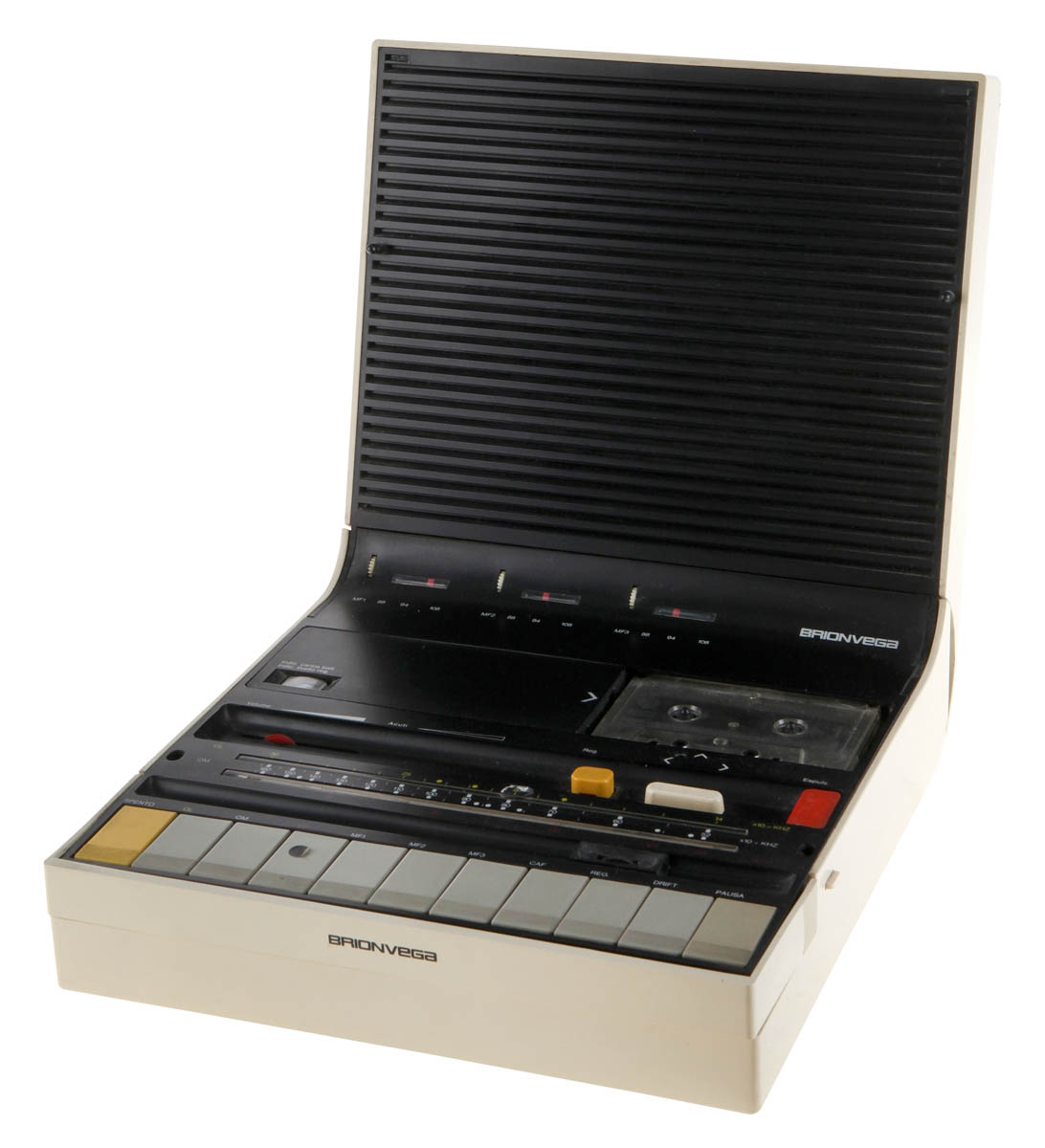

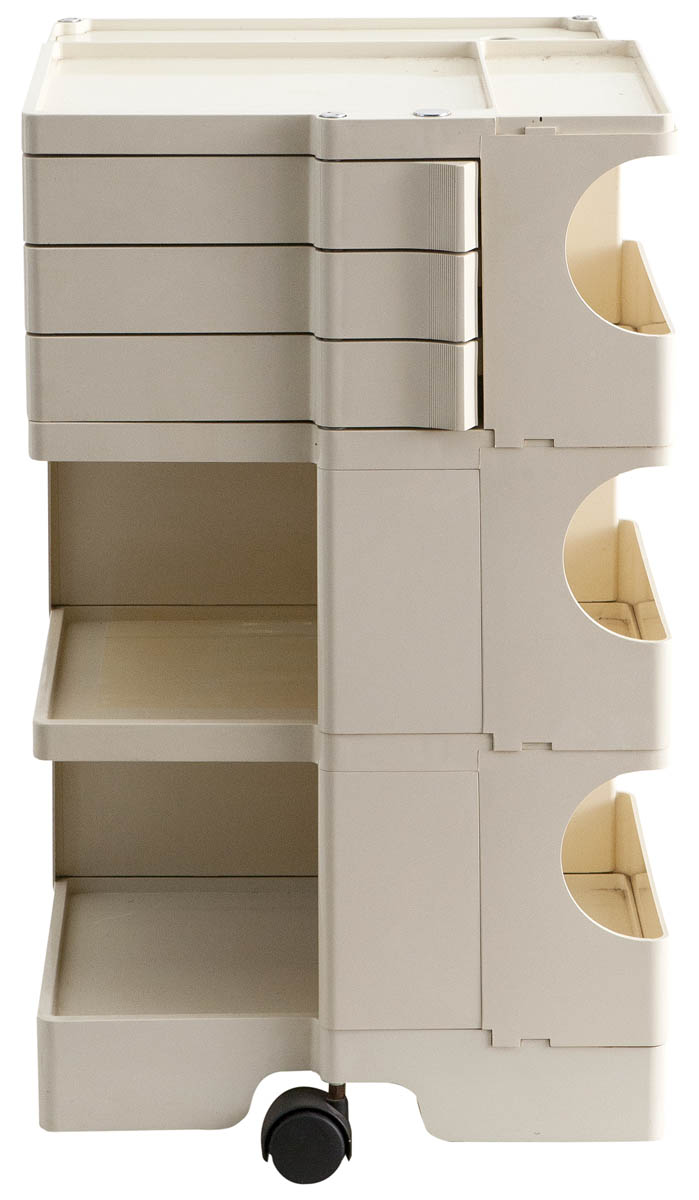
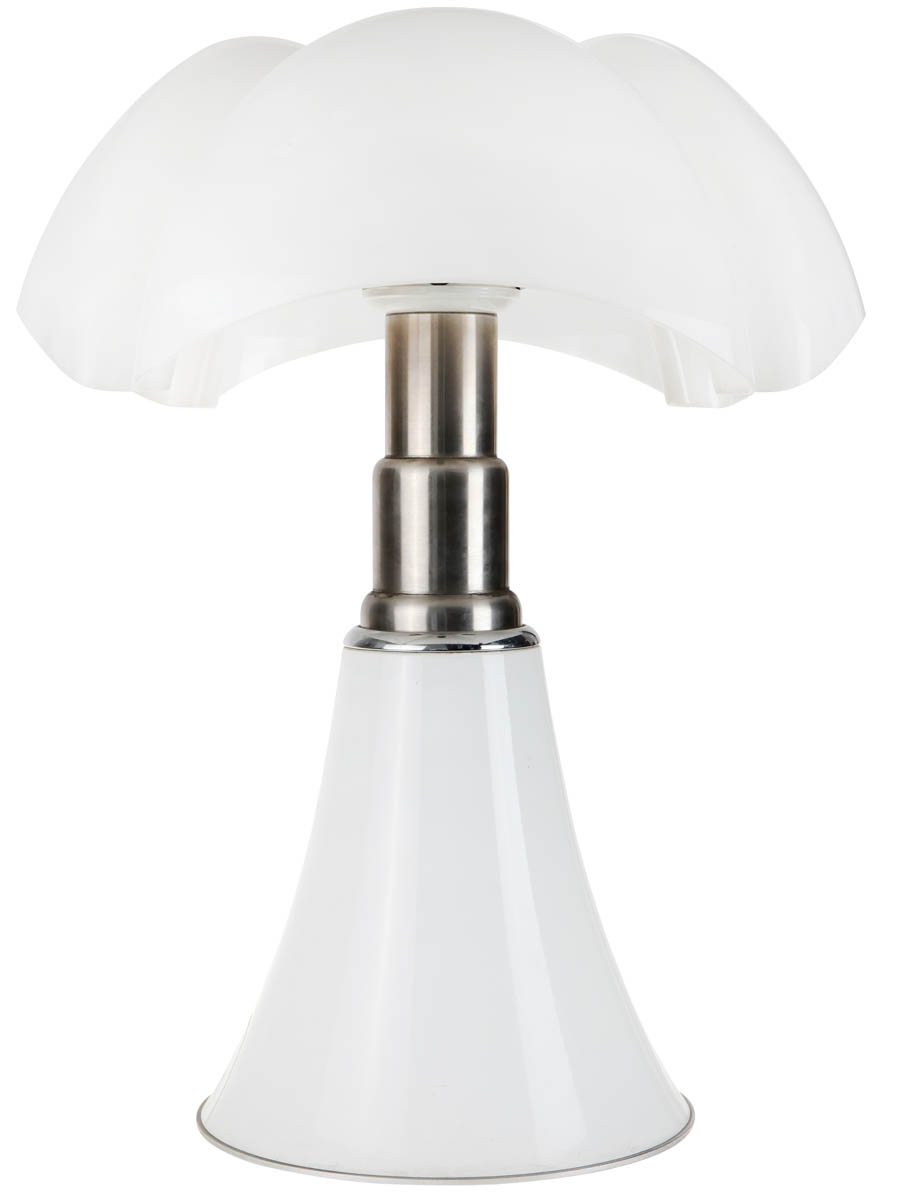
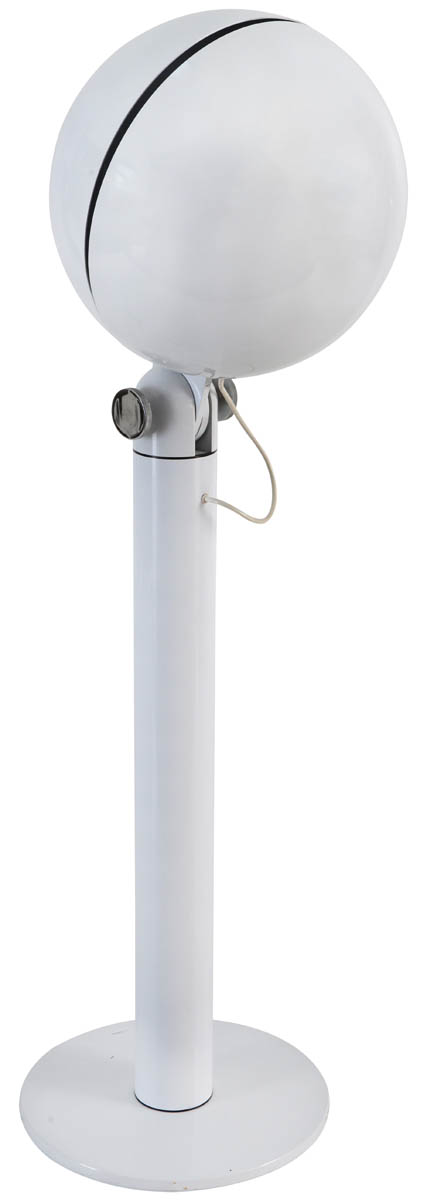
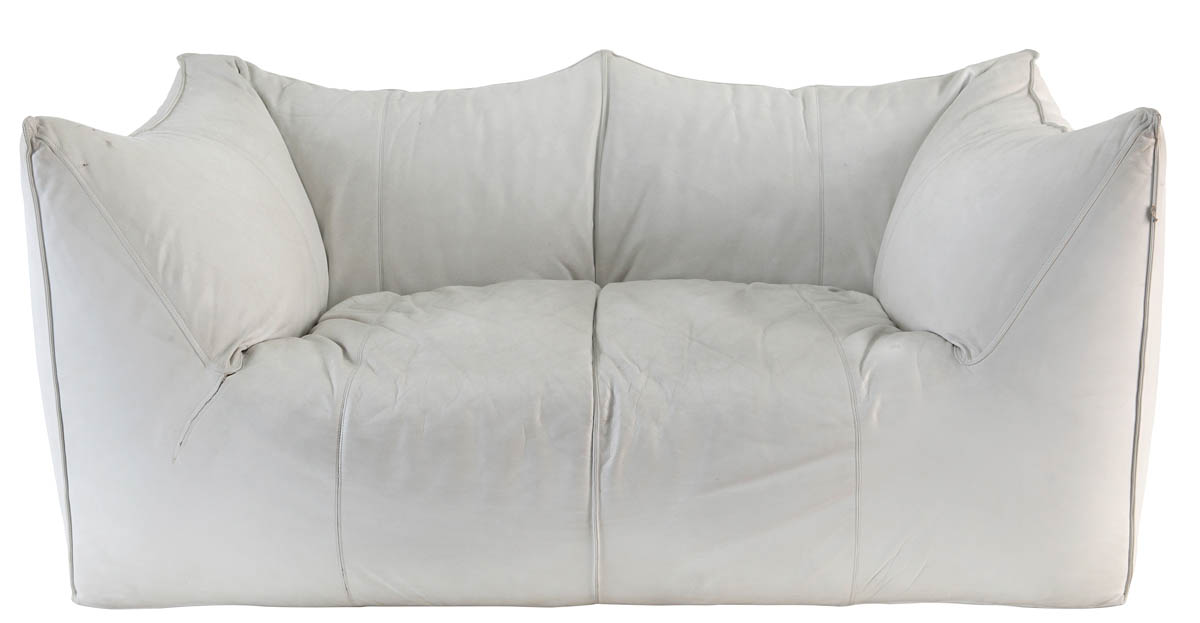
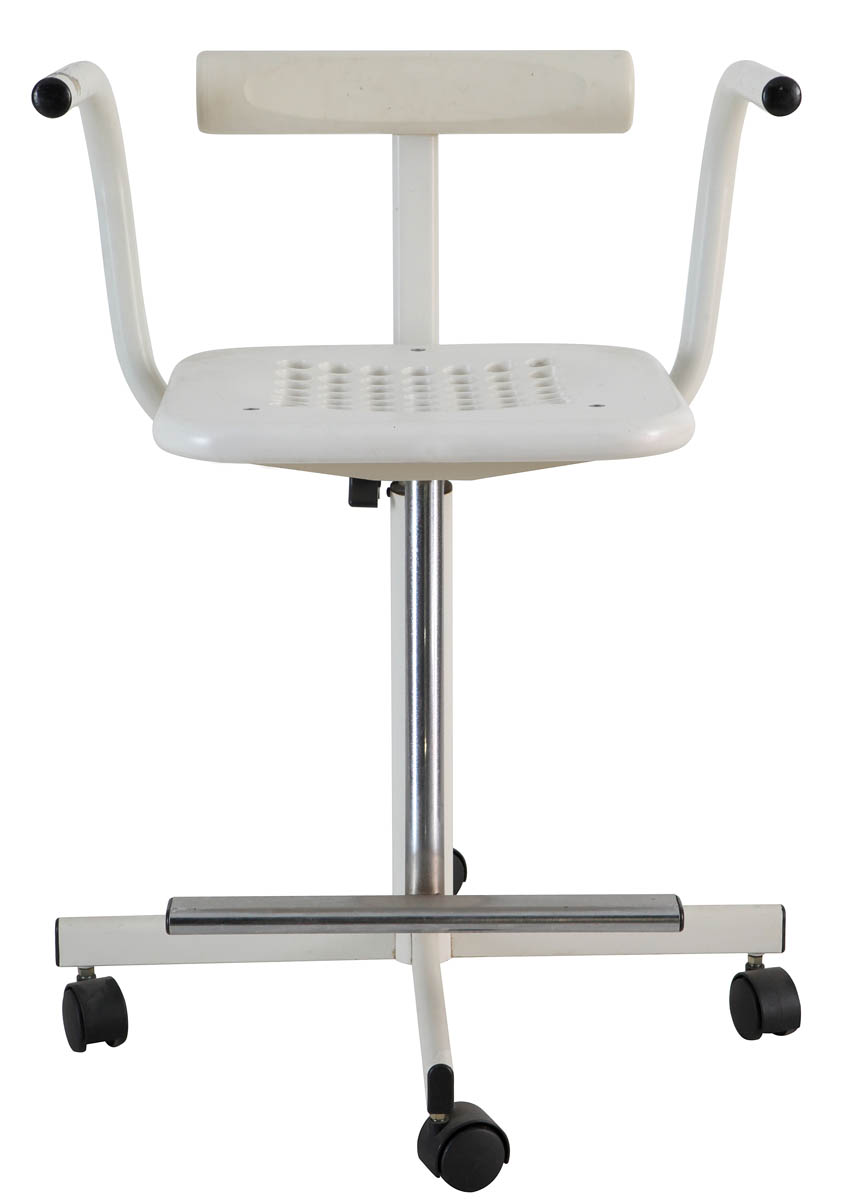
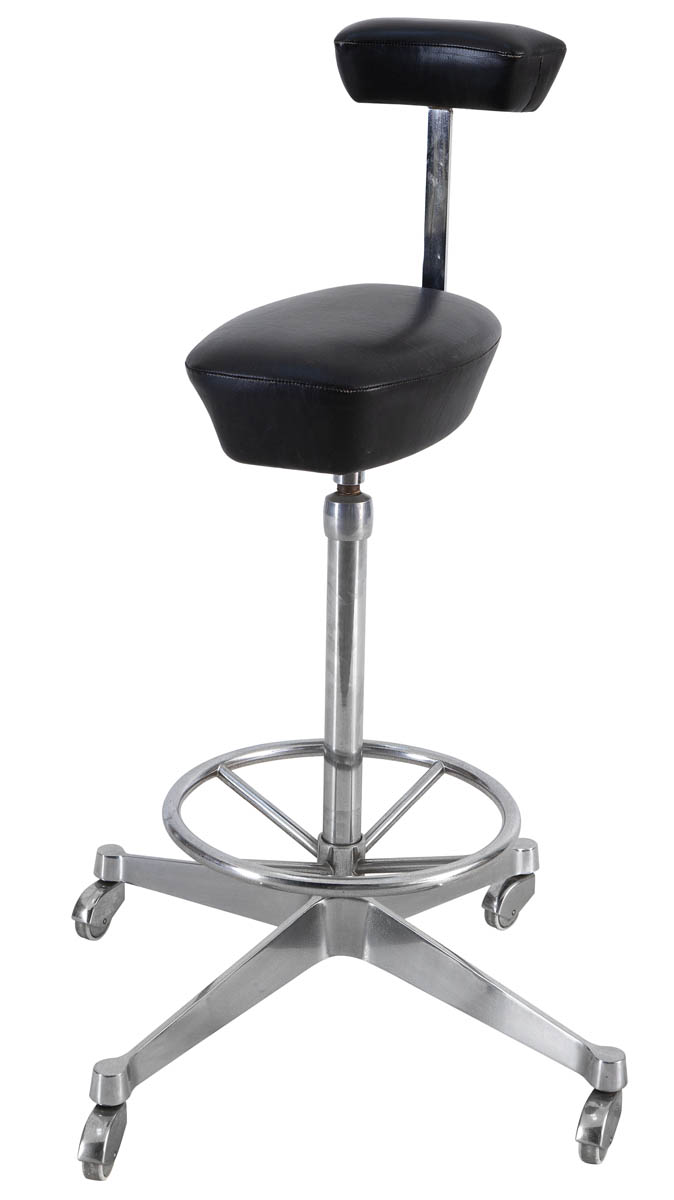
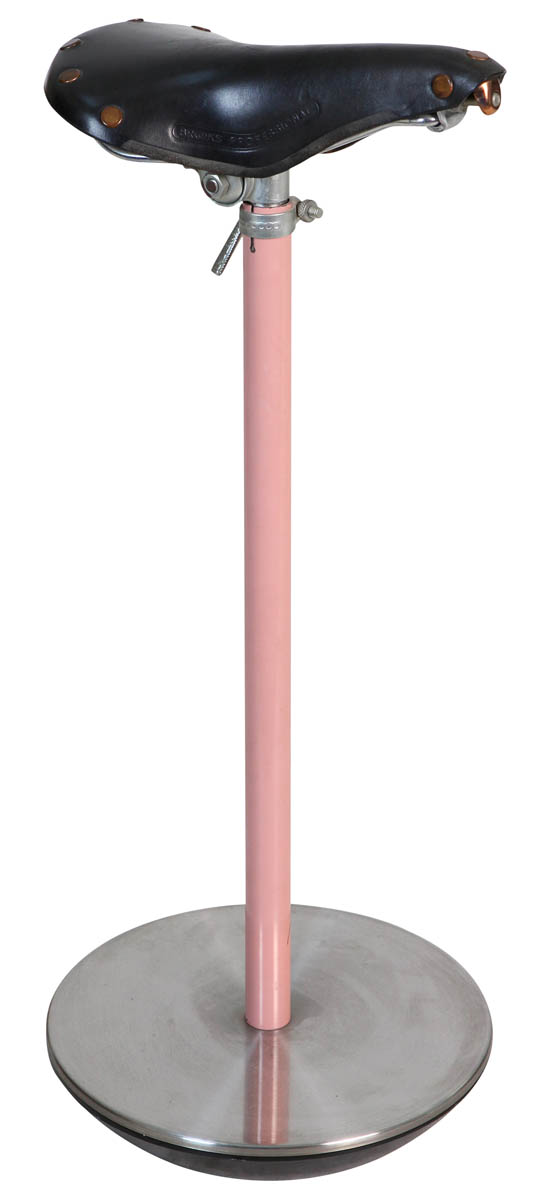

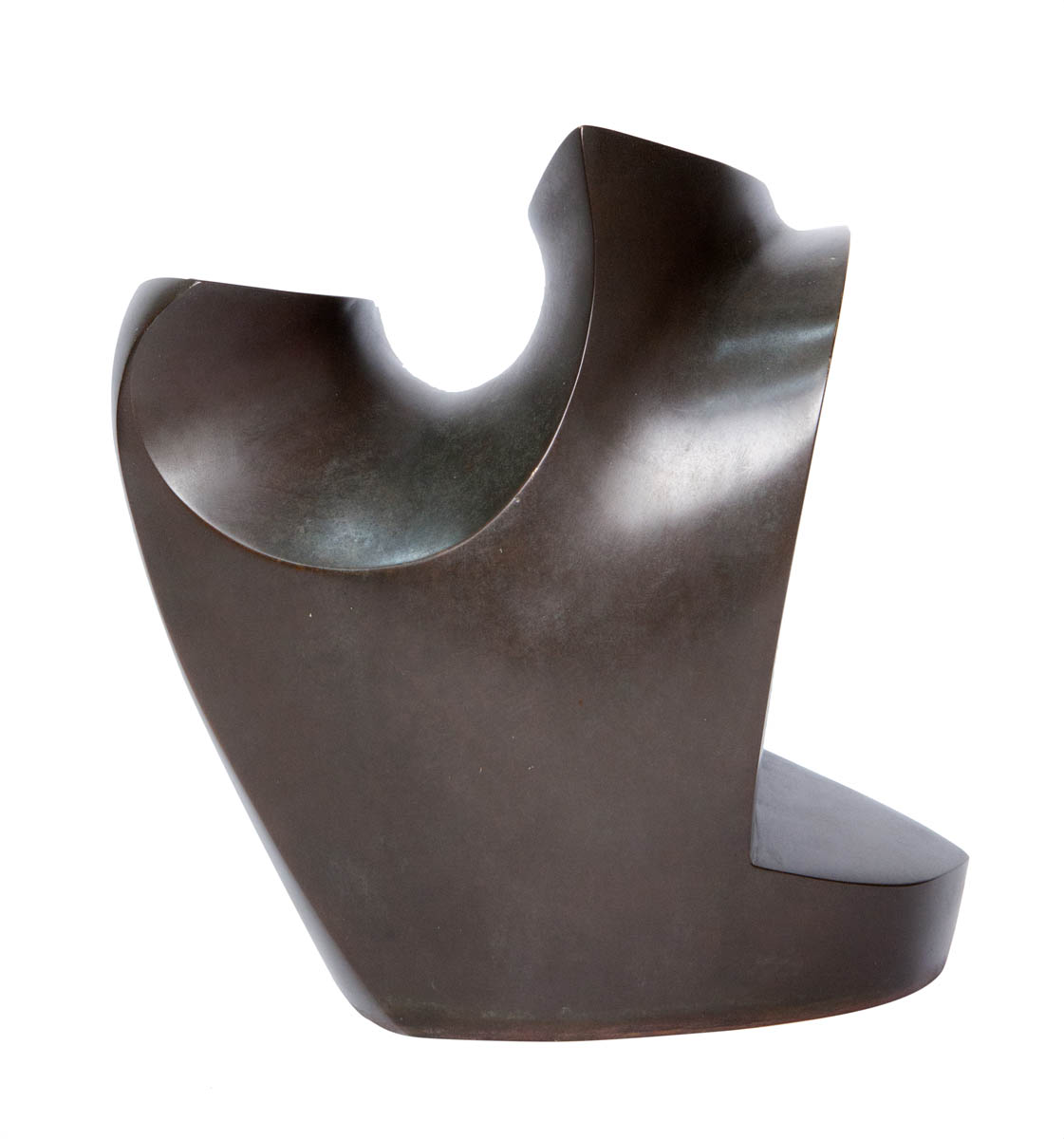
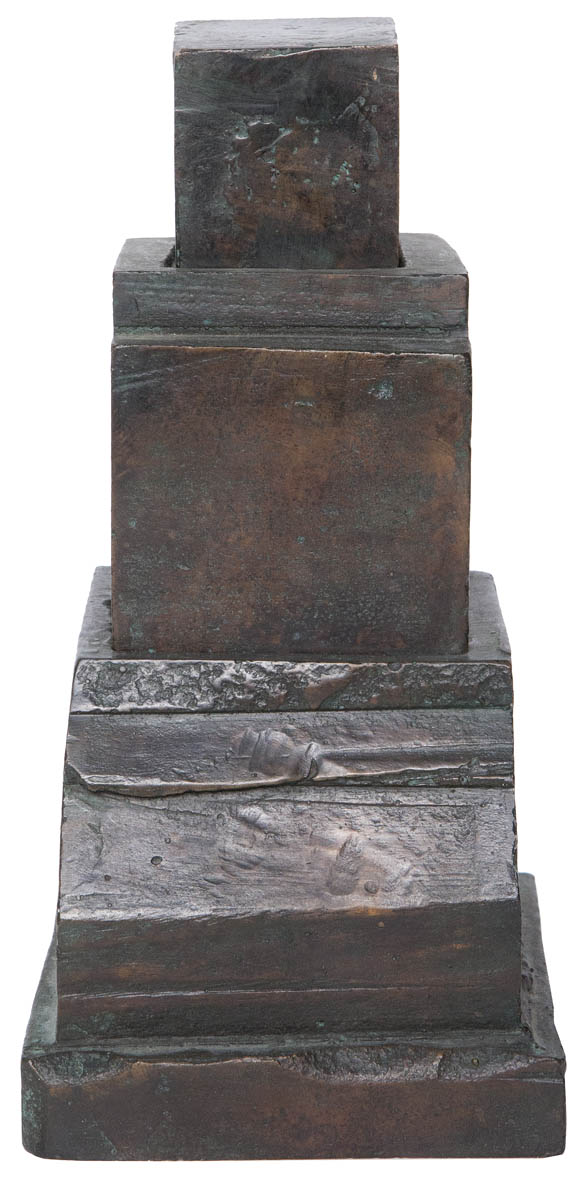
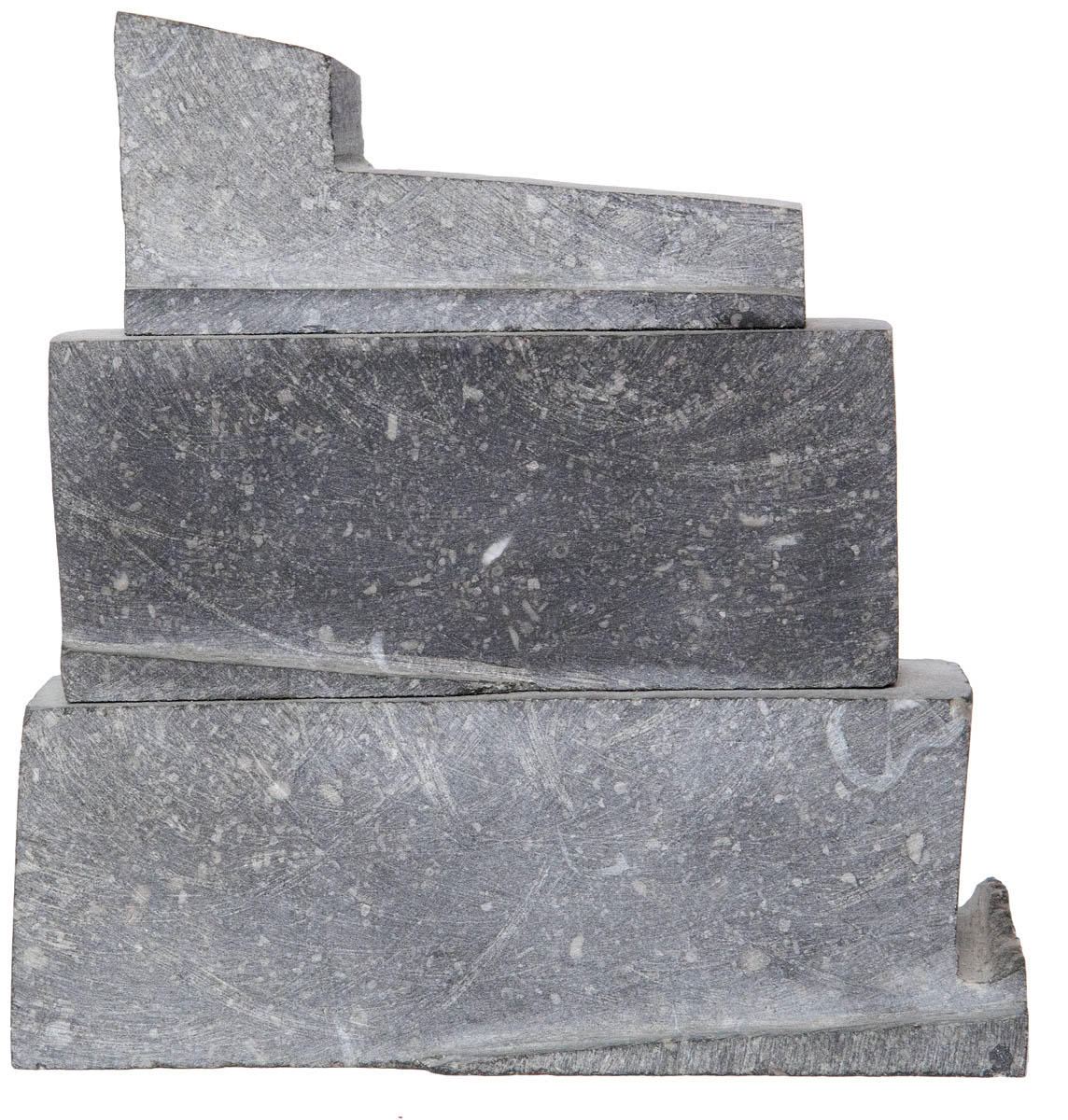
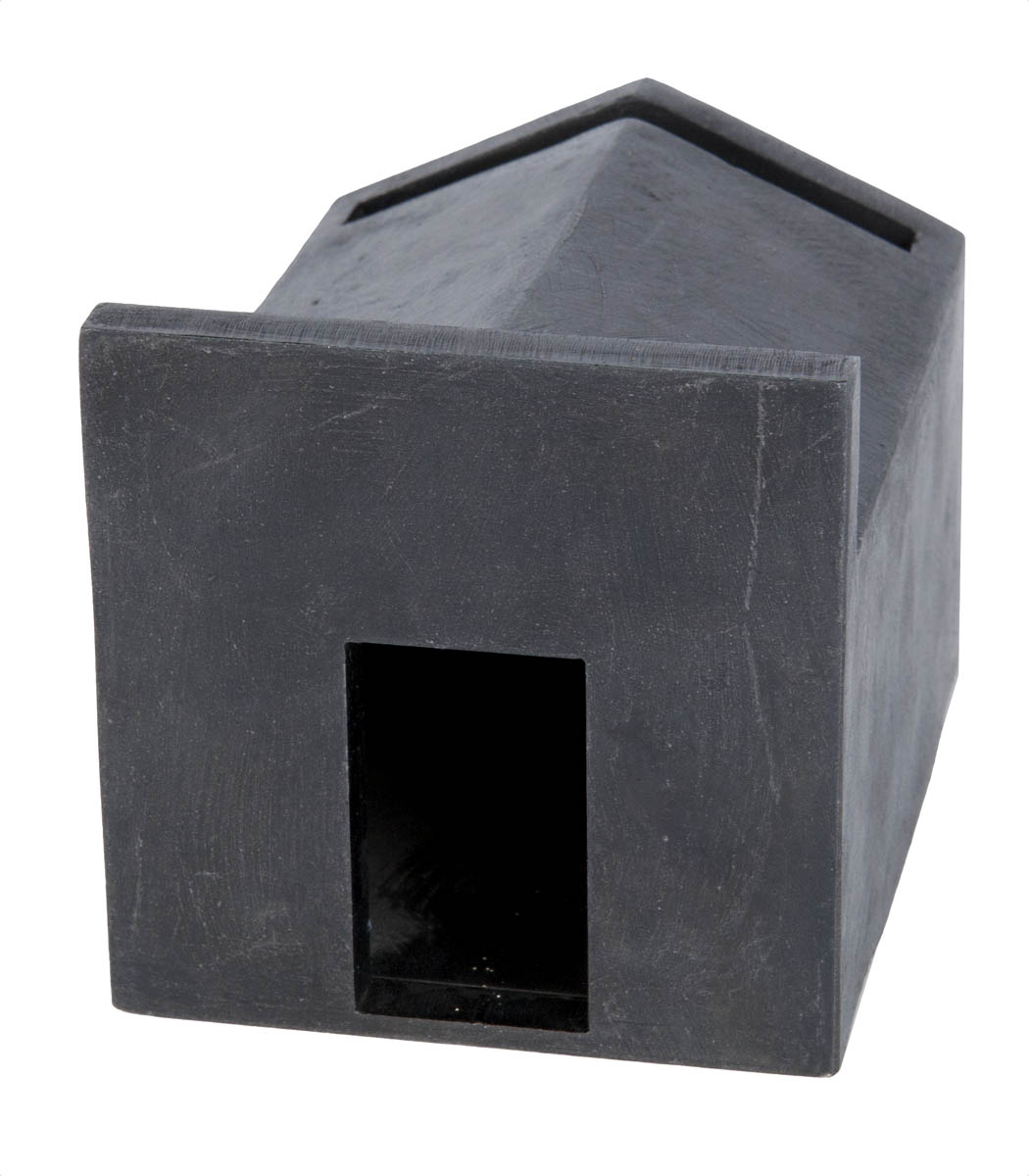
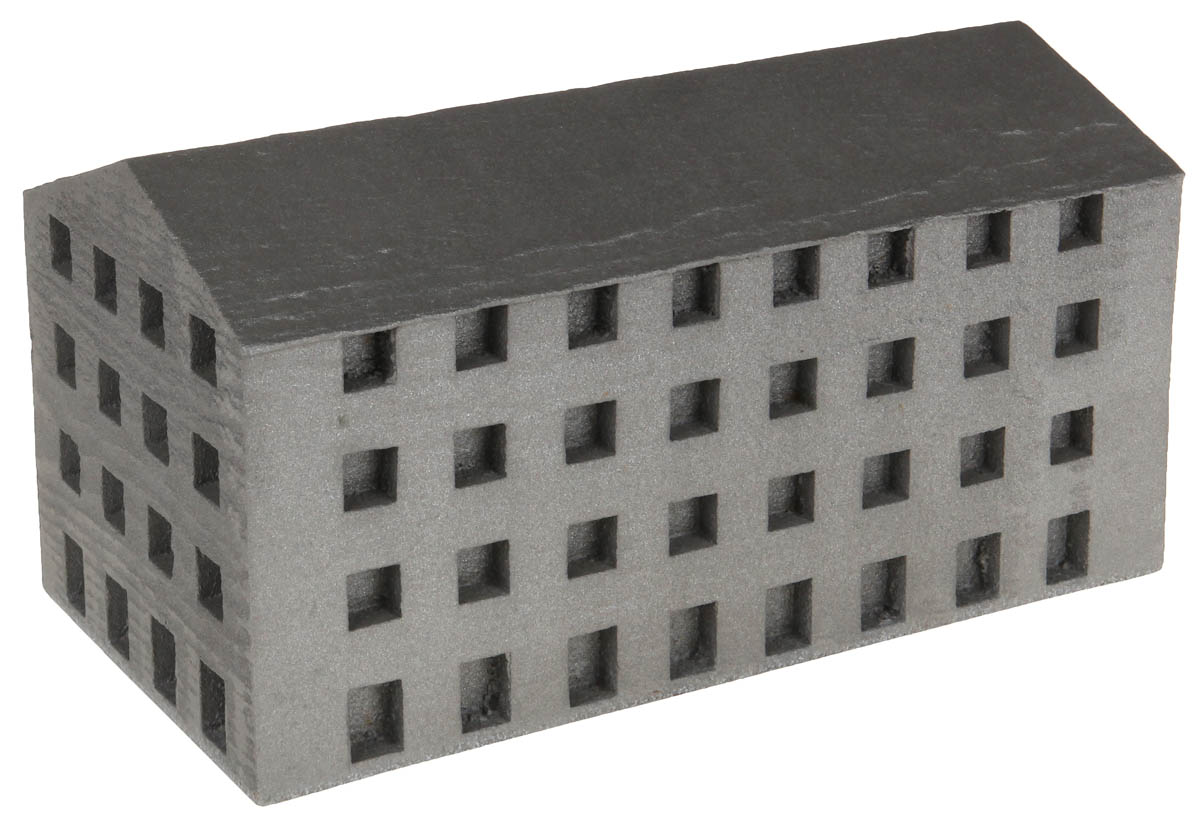
Testen Sie LotSearch und seine Premium-Features 7 Tage - ohne Kosten!
Lassen Sie sich automatisch über neue Objekte in kommenden Auktionen benachrichtigen.
Suchauftrag anlegen